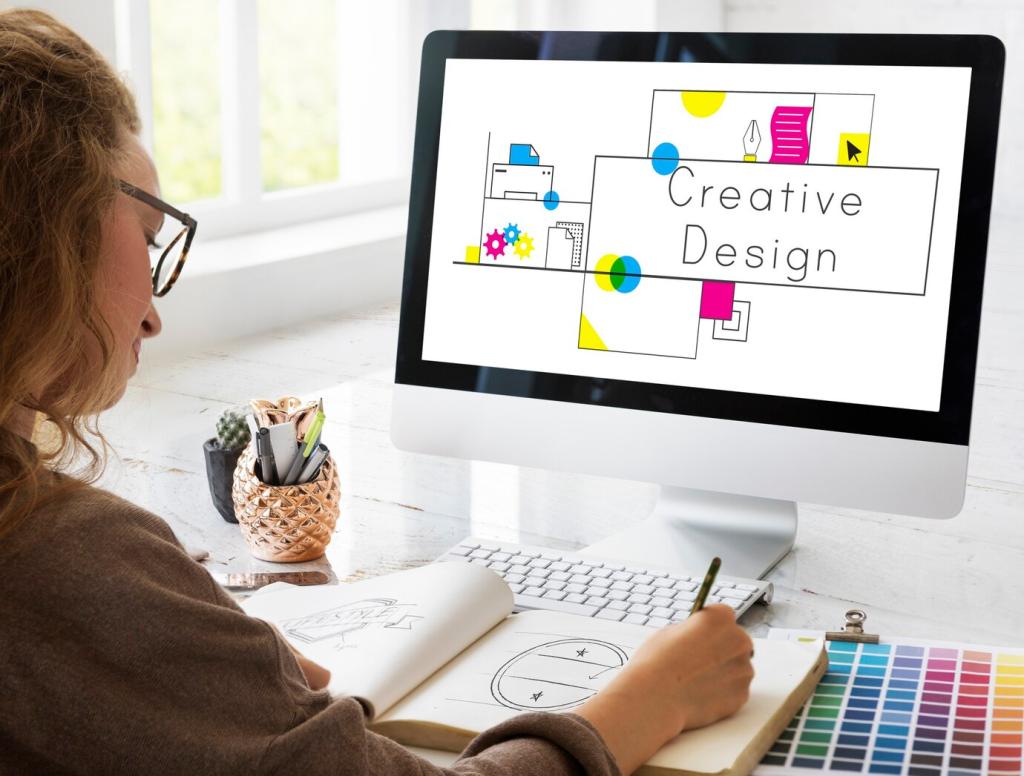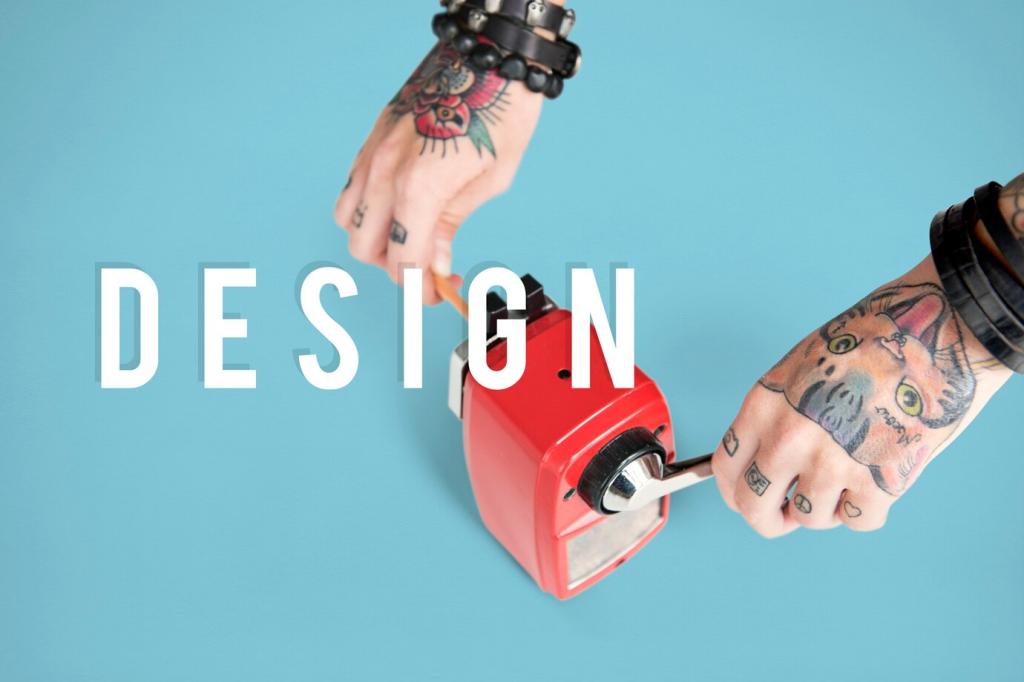Optimizing Interior Design Copy with SEO Best Practices
Optimizing interior design copy with SEO best practices is a strategic process that blends visually engaging content with keyword-focused writing, driving both aesthetics and search engine visibility. By leveraging key techniques, interior design professionals can ensure their online presence attracts the right audience, communicates expertise, and converts visitors into clients. This comprehensive guide explores the nuanced approach to crafting interior design copy that not only resonates with readers but also adheres to the latest SEO standards, maximizing reach and engagement in the competitive world of online design.

Understanding the Fundamentals of SEO for Interior Design
Incorporating targeted keywords related to interior design is the bedrock of on-page SEO. These keywords act as the bridge between what potential clients are searching for and the services you offer. Effective copy doesn’t just stack phrases like “modern kitchen renovation” or “contemporary living room ideas”; it weaves them naturally into well-structured sentences. This ensures readability for humans while satisfying search engine algorithms. Continuous keyword research keeps your content relevant as trends and search behaviors evolve, allowing you to update and refresh pages for ongoing SEO effectiveness.

Crafting Compelling Meta Descriptions and Titles
01
Writing Effective Page Titles for Interior Designers
Page titles should inform both search engines and users about the content of each page while incorporating strategic keywords. For interior design websites, a title like “Modern Interior Design Services in New York | Transform Your Space” not only includes relevant keyword phrases but also conveys the value proposition. Each page should have a unique, concise, and descriptive title that accurately reflects its content. Doing so can improve your click-through rates and establish brand consistency across search engine listings.
02
Optimizing Meta Descriptions for Higher Click-Through Rates
Meta descriptions offer a brief summary of your page content and present a valuable opportunity to draw users in. For interior designers, meta descriptions should highlight key services, unique selling points, and calls to action, all within a 150-160 character limit. By articulating the benefit, such as “Discover how our expert interior designers can revitalize your home with personalized solutions,” you not only encourage clicks but also set the right expectations, helping to reduce bounce rates and improve visitor engagement.
03
Avoiding Duplicate Titles and Descriptions
Duplicate titles and descriptions can confuse search engines and dilute the SEO value of your web pages. Each service, project portfolio, or blog post deserves its own distinct meta elements to maximize SEO impact. For interior design websites with similar offerings, it’s important to focus on the unique aspect of each page—such as different project types or design focuses—ensuring both users and search engines understand each page’s individual value. This boosts relevance and improves chances of ranking for a diverse range of queries.
Thorough keyword research is the first step to understanding the language your potential clients use online. For interior designers, this includes considering specific services, styles, and locations—such as “Scandinavian home décor ideas” or “eco-friendly interior design Los Angeles.” Using digital tools, you can identify high-traffic, low-competition keywords that align with your business goals. This forms the cornerstone of a content strategy that maximizes search potential while targeting the right audience.

Leveraging Local SEO for Interior Design Firms
Optimizing for Location-Based Phrases
Incorporating city or regional keywords, such as “interior designer in Miami” or “home staging Boston experts,” connects your content to local searchers. Detailing the areas you serve within your copy ensures that potential clients, who are often searching for nearby services, find your business first. Consistency in NAP (name, address, phone number) across your website and local listings further reinforces your local presence in search engine results.
Developing Content Around Local Projects and Testimonials
Showcasing completed local projects or featuring testimonials from clients in your area not only builds trust but also strengthens location-specific relevance. Detailed case studies about redesigning a historic downtown apartment or modernizing a suburban family home demonstrate your familiarity with the local market’s tastes and challenges. Highlighting these projects within your copy adds authenticity and can increase your visibility for local search queries.
Building Authority with Google Business Profile Optimization
Optimizing your Google Business Profile is a vital step for interior design firms. Detailed, keyword-rich business descriptions, up-to-date contact details, high-quality images of past projects, and prompt responses to client reviews all contribute to improved local rankings. This platform amplifies your web presence, making it easier for local clients to find, assess, and contact your design firm—ultimately driving more appointments and inquiries directly from search results.
Designing Content Structure for Readability and Engagement
Headings serve as signposts within your web pages, guiding readers through your content while indicating key topics to search engines. For interior designers, using descriptive headings like “Innovative Kitchen Layouts” or “Choosing Sustainable Materials” enhances scan-ability. Well-crafted headings break up dense text, making it easier for users to find the exact information they seek, while also providing SEO context for ranking on related keywords.

Enhancing Content with Visuals and Alt Text
Selecting Impactful and Relevant Images
Choosing high-quality, relevant images aligns with the expectations of potential clients seeking interior design inspiration. Each image should complement your content, illustrate talking points, and showcase the scope and style of your projects. Visuals help convey your unique design aesthetic and expertise, making your web pages more appealing and memorable. By keeping images relevant to the topic, you reinforce both the narrative and the SEO value of each page.
Writing Descriptive, Keyword-Focused Alt Text
Alt text provides crucial information for search engines and visually impaired users alike. For each image, write clear, concise alt text that describes the scene while incorporating relevant keywords where appropriate—such as “modern living room with Scandinavian décor and natural lighting.” This not only improves accessibility but also increases the chances that your images will appear in relevant search results, driving additional organic traffic to your website.
Optimizing Image Sizes for Site Performance
Large, uncompressed images can slow down your web pages, leading to higher bounce rates and lower search rankings. Interior design websites often feature high-resolution visuals, so it’s important to balance image quality with fast load times. Utilize appropriate file formats, compression tools, and responsive design practices to ensure that your images display beautifully without negatively affecting site speed. This creates a seamless user experience that supports your SEO goals.
Creating Content That Establishes Authority and Trust

Sharing Expert Opinions and Insights
Providing expert perspectives, trend analyses, or commentary on popular design movements showcases your depth of knowledge. Exclusive interviews, curated advice, or original research differentiates your interior design brand from competitors. Readers are more likely to trust a website that consistently offers unique perspectives backed by professional experience, viewpoints, or certifications, which ultimately drives loyalty and long-term client relationships.

Showcasing Certifications, Awards, and Affiliations
Highlighting your team’s credentials, notable awards, or industry memberships within your copy builds instant credibility. When visitors see recognition from trusted organizations or evidence of specialized expertise, they gain confidence in your services. Certifications such as ASID membership or accolades from interior design publications prominently displayed in your copy, provide third-party validation that enhances both user trust and overall domain authority.

Citing Reliable Sources and References
Referencing reputable sources when discussing design techniques, material specifications, or emerging trends lends further validity to your content. Whether you quote industry reports, cite architectural studies, or link to established design resources, acknowledging external expertise demonstrates your commitment to accuracy. This practice reassures both readers and search engines that your content is well-researched, fact-based, and dependable—essential qualities for successful SEO.
Keeping Interior Design Content Fresh and Updated
Updating Project Portfolios with New Work
Your portfolio is often the most visited section of an interior design website. Regularly adding new projects, with detailed descriptions and high-quality images, ensures you showcase your latest styles, capabilities, and successes. Fresh portfolio content not only attracts repeat visitors for inspiration but also incorporates new keywords and localities, expanding your search visibility and relevance.
Refreshing Existing Pages with Current Trends
Interior design trends shift rapidly, so it’s essential that your copy reflects the latest aesthetics, technologies, and lifestyles. Updating blog posts, service descriptions, and landing pages with new information or popular design terms keeps your site on the cutting edge. Timely updates also provide opportunities to revisit keyword strategies, incorporate seasonal topics, and demonstrate ongoing industry engagement.
Monitoring Industry Changes and Adapting Content Accordingly
Staying attuned to regulatory updates, material innovations, or shifts in consumer preference ensures your content remains authoritative and accurate. For example, new sustainability standards or design tools may impact the advice you offer clients. By keeping your interior design copy agile, you protect your reputation as an expert and maintain high SEO rankings as market demands evolve.
